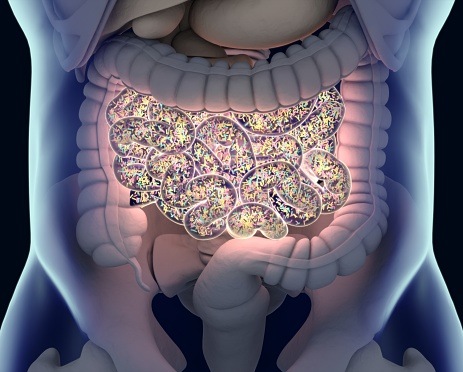Researchers from the Department of Medical Biotechnologies at the University of Siena in Siena, Italy, evaluated the occurrence of caries in patients with inflammatory bowel disease (IBD)—either Crohn’s disease (CD) or ulcerative colitis (UC)—and reported a “remarkably” higher past and present occurrence of dental caries in patients with IBD compared to healthy controls. The study was published in Caries Research.
“This result should encourage clinicians to include oral health preventive programs in the overall treatment plan of IBD patients,” summarized Crystal Marruganti, DDS, the lead author on the report.
Six studies were included in the systematic review. Patients’ dental caries incidence was assessed via the Decayed, Missing, Filled Teeth (DMFT) index, and the weighted mean difference (WMD) was calculated.
The WMD in the DMFT index between IBD and healthy subjects was 3.04 (95% confidence interval [CI] 1.52–4.56; P = 0.10). Analysis of patients by IBD-type returned no difference between patients with CD (2.52, 95% CI 0.54–4.49) and those with UC (4.01, 95% CI 1.52–4.56; P = 0.31).
The number of studies available for analysis was limited, so this review could not fully account for heterogeneity. In particular, the inherent nature of the DMFT outcome may have introduced a high amount of heterogeneity, according to the authors, as its values tend to be positively skewed and thus DMFT values are rarely distributed normally. The authors called for further studies to affirm a cause-effect relationship between dental caries and IBD.
Nonetheless, their data revealed a much higher past and present occurrence of dental caries in patients with either CD or UC compared to healthy controls. As such, the article proposed that oral health programs, “which should include the early detection of dental caries and behavioral interventions for risk factors modification (mainly sugar consumption),” needed to be included at the onset of treatment plans for patients with IBD.
Source: Caries Research https://www.karger.com/Article/FullText/519170









